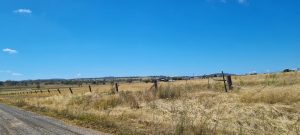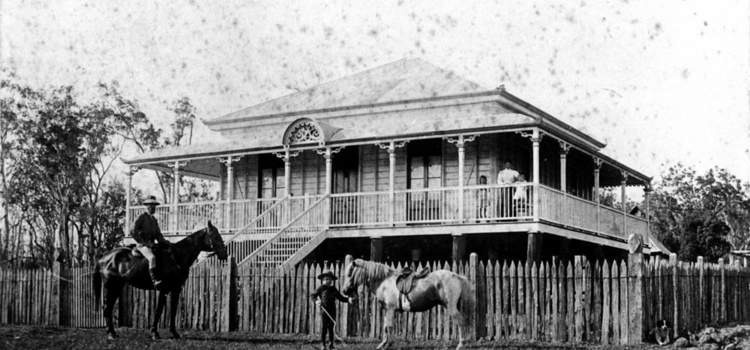Queensland is home to many historical gems, from worker’s cottages to churches, Queenslanders and pre-federation houses. A great number of us fall in love with these buildings, appreciating their unique architectural features and link to the past. However, it is necessary to go into the purchase of a heritage building, and even an adjoining site, with your eyes wide open.
If a building is on the Queensland Heritage Register (Register) it is subject to development restrictions under the Queensland Heritage Act 1992 and the Queensland Heritage Regulation 2015. The property’s Certificate of Title should indicate if it is entered on the Register. Changes to the Act and a new regulation came into effect in 2015, which gave local Councils greater powers to protect heritage places. Usually, a building is on the Register because it has an “aesthetic, architectural, scientific, social or other values that are important to the community*.” The ultimate goal is to protect its heritage significance, whilst balancing the needs of its current or future use.
The bottom line is that changes can be made to properties on the Register, so long as those alterations do not diminish its heritage value. Most changes are going to be regarded as development and require approval from the relevant Council and/or the Department of Environment and Heritage Protection (DEHP). Development in the context of heritage places includes subdivision (reconfiguration of a lot), material change of use, operational work and building work. All of these changes require approval. When you’re dealing with a property on the Register it is also important to note that building work covers painting, maintenance, interior updates, repairs and excavating. A non-heritage property wouldn’t typically require approval for any of these activities.
State legislative changes came into effect in December 2016 that now also impact the rights of owners adjoining heritage sites. A new State assessment trigger and amendments to the State Development Assessment Provisions (SDAP) are now in place that effectively extend the “influence” of heritage places into adjoining sites. Changes came in that make some Material Change of Use applications now automatically code assessable. There were also amendments to the SDAP that restrict development on sites adjoining heritage places from impeding the view from a heritage place or altering its streetscape. This change was in response to the controversy over the approval of a high rise adjoining Customs House in the Brisbane CBD. Many property owners that would not have previously been restricted in developing their land adjoining a heritage place may now find they are.
Councils and DEHP will now assess any development on or adjoining a heritage place to ensure it does not negatively impact the significance of the heritage place or area. Most Councils now have a heritage overlay code. Brisbane City Council calls theirs the “Heritage Overlay”, Gold Coast City Council refers to their equivalent code as the “Heritage Overlay Code”, whilst Moreton Bay Regional Council uses “Heritage and Landscape Overlay”. Essentially the same, only different!
It is also important to be aware that owners of heritage places can amend the listing of a place’s heritage significance that further restricts development on surrounding property without the adjoining property owners’ consent. As it stands, an adjoining property owner has no recourse to prevent the amendment of a heritage place’s register listing or legally challenge it. As a result of these changes, adjoining property owners are now much more tightly restricted in developing their sites.
Given the recent changes, it is important to engage qualified Town Planners if you are the owner of a heritage place or an adjoining site. During our initial site review, we would identify any applicable state or local government heritage overlay codes and advise you on possible implications for your development plans. We are very familiar with these codes, having completed numerous Development Applications for heritage places (like this project). We can also assist with approvals after the fact if you have had to undertake emergency work without approval.
To find out if the property you are reviewing is a heritage place, you can look on the register or use the maps available on the relevant Council’s website. Usually, they have maps available showing any overlays. Better yet, contact our team for expert advice on 1300 017 540 or office@consultplanning.com.au.
Disclaimer: While every effort has been made to provide accurate information, Consult Planning does not guarantee that this blog article is free from errors or omissions, reflects current legislation or requirements or is suitable for your intended use.
*https://www.qld.gov.au/environment/land/heritage/development/types/








